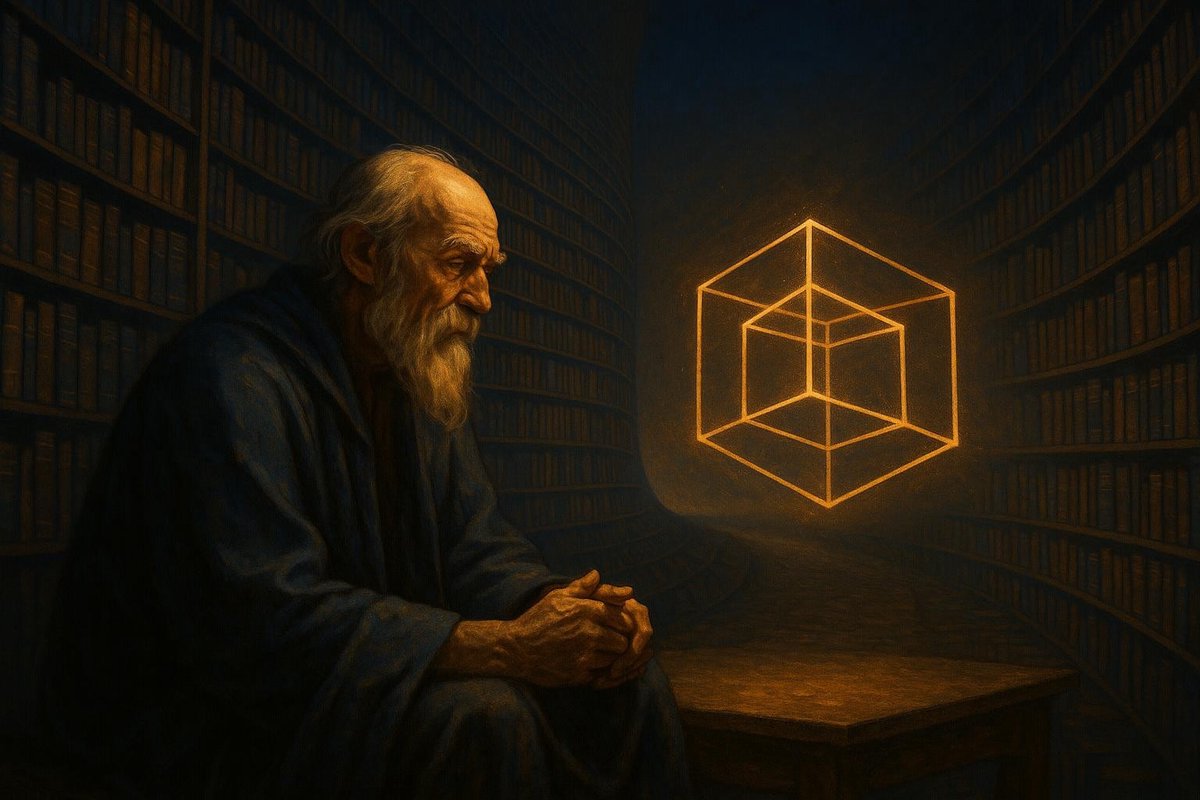
Unpacking the Question
Have you ever wondered how many dimensions truly exist? At first glance, it seems like a straightforward query, yet it’s a question that opens a Pandora’s box of philosophical intrigue and scientific complexity.
Imagine a flatland where only two dimensions exist. To its inhabitants, the concept of a third dimension is as alien as time travel. Our world, rich with three-dimensional experience, is already a leap into the extraordinary compared to such a flatland.
What if we are like these flatlanders, limited by our perception to a fraction of what truly exists?
- Consider the Tesseract, a four-dimensional cube. In our 3D world, we can only project its shadow.
- Similarly, physicists propose up to 11 dimensions in string theory. What do they encompass?
It’s no wonder that many people believe this question stretches beyond the boundaries of traditional science into the realm of the philosophical, forcing us to question the very nature of reality itself.
Surprising Facts About Dimensions
Interestingly, not all dimensions are created equal. While length, width, and height are graspable, other proposed dimensions in theoretical physics are compact and hidden from plain sight.
Imagine a garden hose observed from a distance. It appears one-dimensional, a simple line. Yet close inspection reveals its roundness — another dimension.
- String theorists suggest dimensions can be similarly ‘curled up.’
- Different models propose anywhere from 10 to 26 dimensions!
Of course, these are not just flights of fancy. They emerge from rigorous mathematical frameworks aiming to unify the forces of nature.
As time goes on, the pursuit of these hidden dimensions has sparked debates, challenging the boundaries of our scientific understanding and prompting us to ponder the veiled layers of our universe.
What Science Says
The scientific backdrop to the concept of dimensions is as rich as it is perplexing. Before Einstein’s Theory of Relativity, dimensions were merely spatial. But Einstein’s work added time as the fourth dimension, fundamentally altering our understanding of reality.
His revolutionary ideas led to:
- The concept of spacetime, blending space and time into a single continuum.
- The realization that gravity is a curvature of spacetime, not just a force.
Fast forward to the 20th century, string theory extends these ideas, introducing multiple new dimensions as a means to reconcile quantum mechanics with general relativity.
It’s fascinating how these scientific advancements redefine ‘truth,’ not as a static fact but as a dynamic interplay of discovery and re-interpretation.
What It Means for Us
Humanity’s quest to understand dimensions is more than an academic exercise; it’s a soul-searching journey into the essence of existence itself.
Are we truly confined to our perceived dimensions, or do our souls reside in realms beyond comprehension?
- Philosophically, dimensions challenge the boundaries of perception and reality.
- Culturally, they inspire art, literature, and a deeper existential reflection.
As we continue to explore, ask yourself: What does this mean for humanity? How does this change our perception of truth?
These questions remain open-ended, inviting each of us to engage with the world’s mysteries in our unique way.
Fuel Someone Else’s Curiosity
The journey through dimensions stirs the imagination, urging us to share these wonders. Discuss with a friend, explore with family, and let curiosity ripple through your social circles. Together, we can unravel the enigmatic tapestry of dimensions and reality.

Leave a Reply